In 1980, a man called Josep Pujilula i Vila, a former textile worker, began crafting a labyrinth alongside the Fluvia river in Catalonia, Spain. After creating his initial labyrinth, he began to make other structures in the area as well. Pujiula made towers out of branches and trees stretching 30 meters into the air. He coiled wood into tube-like tunnels and walkways and he even made a small livable cabin.
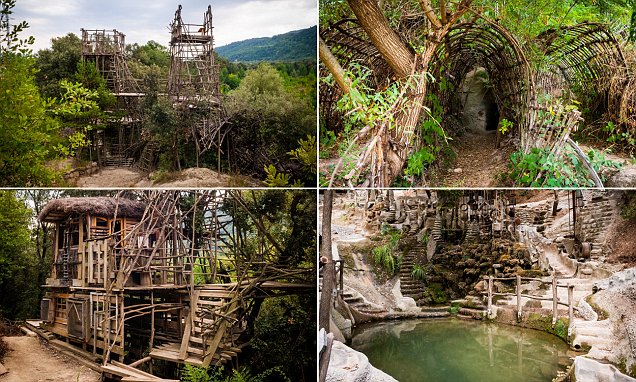
As his world began to grow, the community took notice. Families came there with their children to solve the labyrinth and wander through the unique environment. Sadly, there were not only curious visitors to his creation. Along with wonderstruck children and their parents, came homeless people sleeping in the cabin, vandals and worst of all,...the Spanish government.
Inspecting the area, which was built on public land, the government quickly deemed Pujiula’s homemade park a dangerous environment. With overgrowing concern for visitor safety, he was forced to dismantle his work. Although safety was seen as a pretext for government action on the land, officials also wanted to use the land to create a new highway.
In 2002, they got their wish and Pujiula took apart his creation to make room for government roads. While he was beaten by the government, he refused to give in. Shortly after, he began to create a similar site near his previous work.
Although not quite as grand as his wonderland, Pujiula, didn't give up on his dream. Slowly, he rebuilt it, and a masterful tubed walkway and tower stand as a monument to his perseverance and architectural skill.
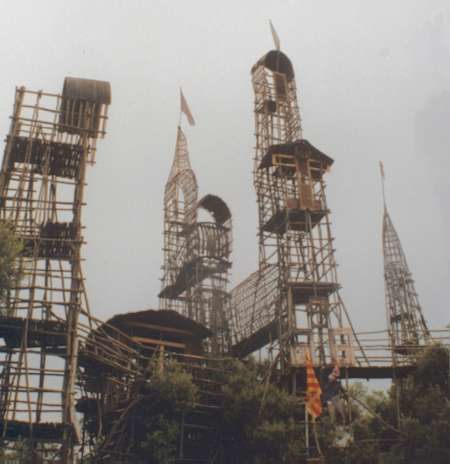
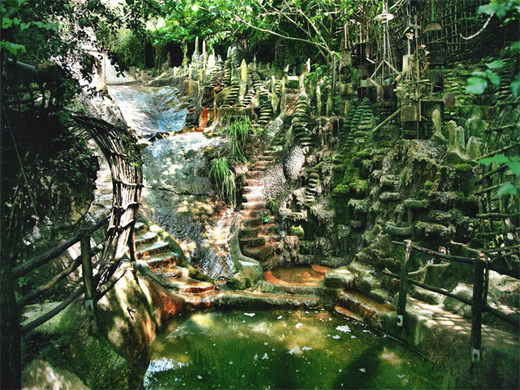
Its reminiscent of Peter Pan’s Neverland inspiring young and old. The complex of towers, cabins, caverns, channels and criss-cross tracks is situated on the outskirts of Argelaguer in the north of Catalonia by the road which leads to Olot. Some people found it a real challenge to find their way out...
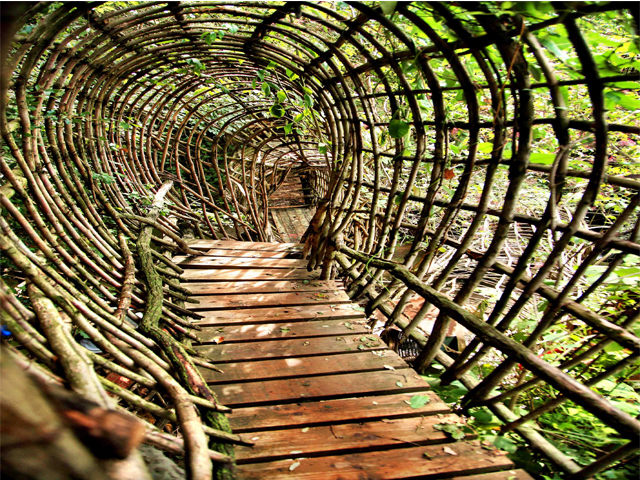
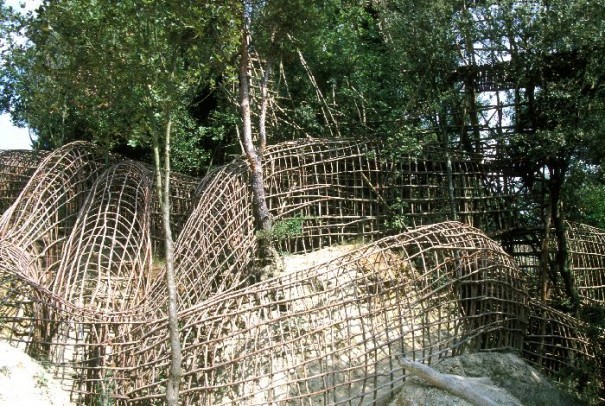
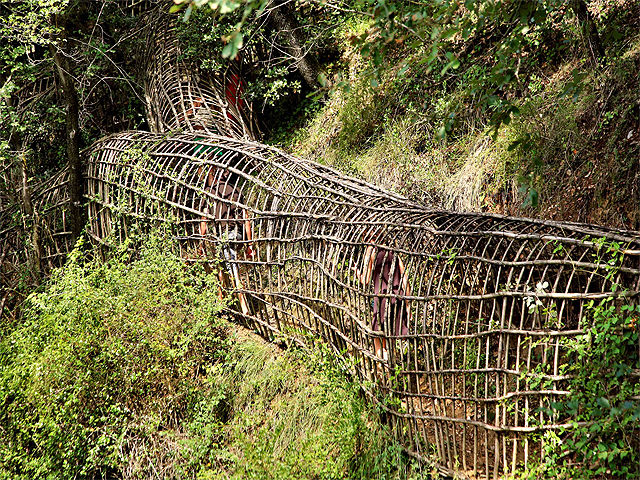
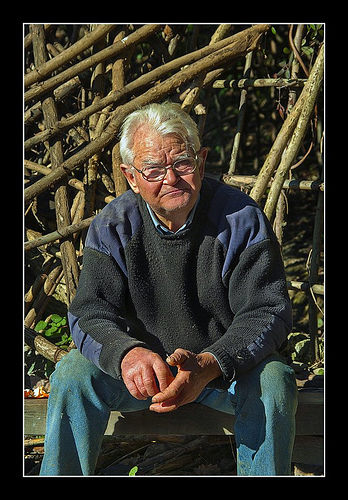
Locals called this labyrinth “Castle Argelaguer” or “Josep’s Labyrinth”. You could scale up to the towers and cabins using rickety rungs of ladders, cross small rope bridges, move through channels formed by branches or even dare to see the caverns underneath the labyrinth – it offered a multitude of challenges. But all these attractions weren't necessarily completely harmless as there was a sign which warned you that you entered at your own risk because there was no guarantee that the construction could stand up to the rigours of permanent visitors.
It was a matter of time before the council stepped in and has now limited access to the park in so much as it is now not permitted to climb the towers or enter the cabins, you can only contemplate them from the ground and the pathways. Nonetheless, it is still a great day out and is a testimony to a man with determination and a creative flair beyond that of many. A man whose love affair with nature and fantasy gave so many children magical memories to hold onto.